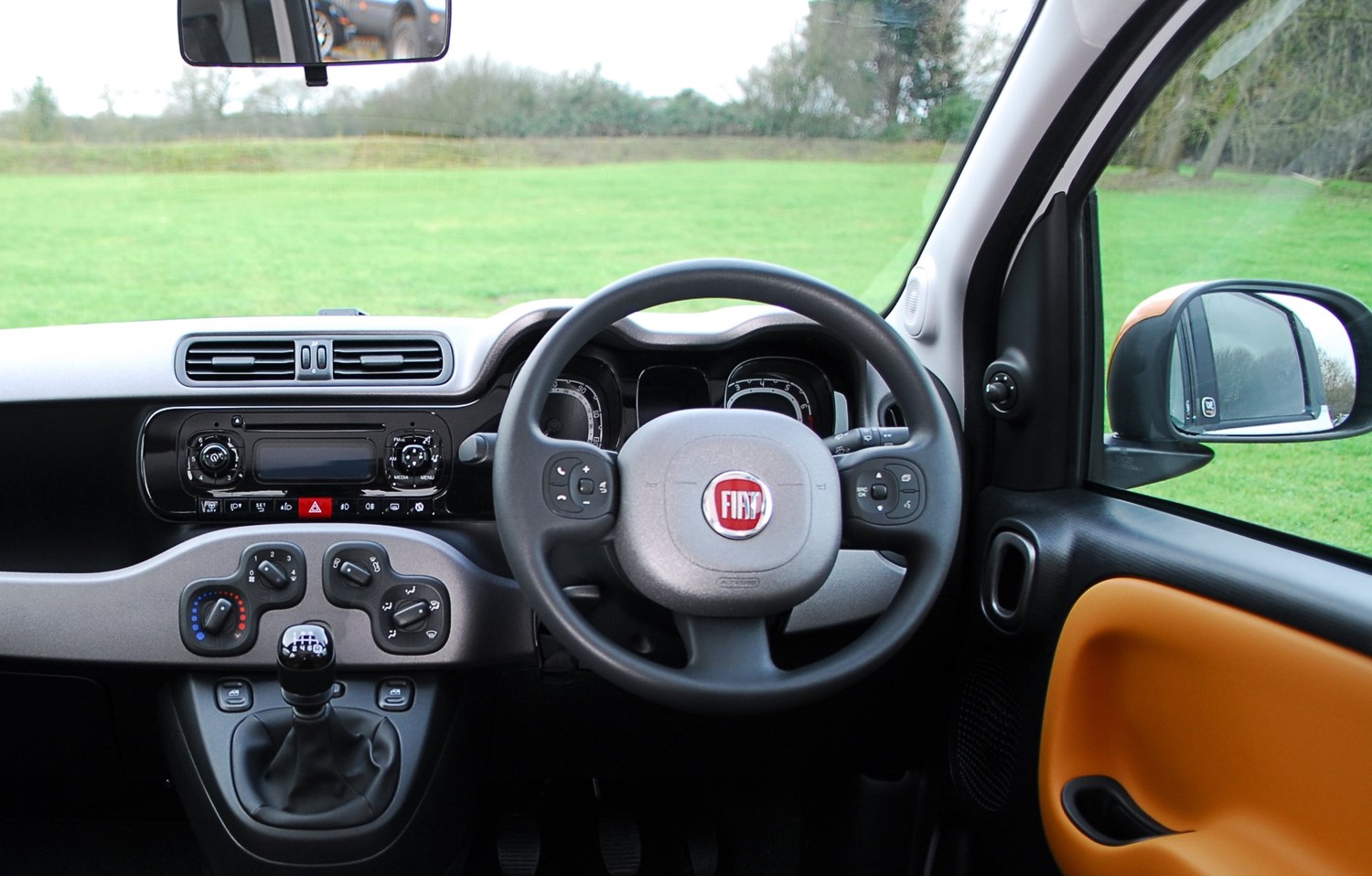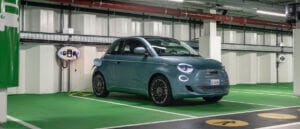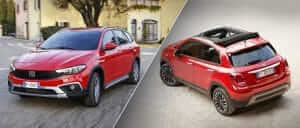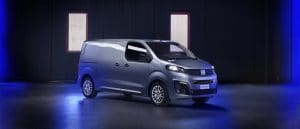Latest model
The third-generation Panda was first unveiled at the 2011 Frankfurt Motor Show, and production began towards the end of that year. It built on the looks of the second-generation car, adding a funkier and more characterful appearance to its predecessor’s boxy and upright shape.
Fiat doesn’t just offer the Panda in regular city car guise, however. Those who live off the beaten track will likely be tempted by the beefier Panda 4x4 and Panda Cross models, which are more rugged in their appearance, have raised ride heights and four-wheel-drive capabilities.
Value for money
Next to its rivals in the city car market, the Panda doesn’t really seem to offer the best value for money. A basic Pop model will set you back £9,245, and standard equipment is incredibly sparse. Highlights include a CD player and not much else.
The Panda 4x4 and Panda Cross models do include a lot more equipment as standard – such as Bluetooth connectivity, air conditioning and 15-inch alloy wheels – but cost a lot more money than their more basic counterparts. The Panda 4x4 will set buyers back from £14,445, while the Panda Cross costs from £16,095.
A Skoda Citigo is considerably cheaper than the Panda, and also offers a more robust-feeling interior, greater fuel efficiency and lower CO2 emissions.
While a new Fiat Panda might not offer stellar value for money, a used example could be an attractive option for more budget-conscious buyers. A third-generation Panda in mid-level Easy specification with around 20,000 miles on the clock can be picked up for roughly £4,500. This car includes features such as air conditioning, remote central locking and a six-speaker stereo system.
Looks and image
If you’re in the market for a boxy and cute city car, you’ve come to the right place. The Panda is a far more eye-catching car than some of its rivals, such as the rather sober-looking Volkswagen Up and Hyundai i10.
It continues the theme set by its second-generation predecessor, with its design representing a more evolutionary than revolutionary approach to the car’s styling. A bright range of colour choices helps to add to the Panda’s characterful image, too.
While the regular Fiat Panda is a fairly attractive-looking car in its own right, the chunkier Panda 4x4 and Panda Cross only add to this. Rugged exteriors and raised ride-heights make both models cool-looking little cars that can also cash the cheques their appearances are writing when the time to leave the road comes around.
As far as the little Fiat’s interior is concerned, buyers may find they are left wanting in some areas. It is starting to feel dated next to its rivals – the current Panda was introduced in 2011, after all – and some of the materials used do look rather cheap.





